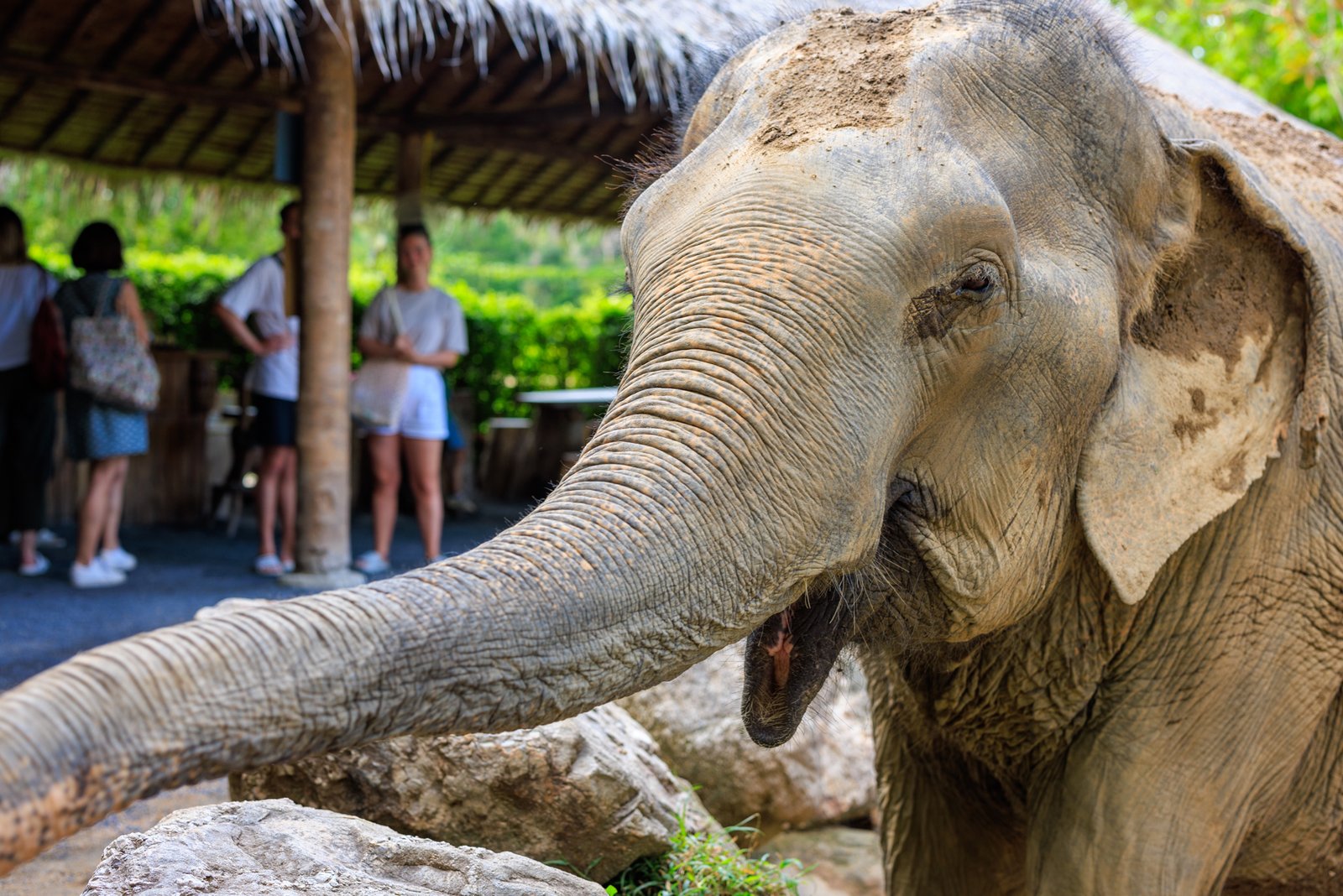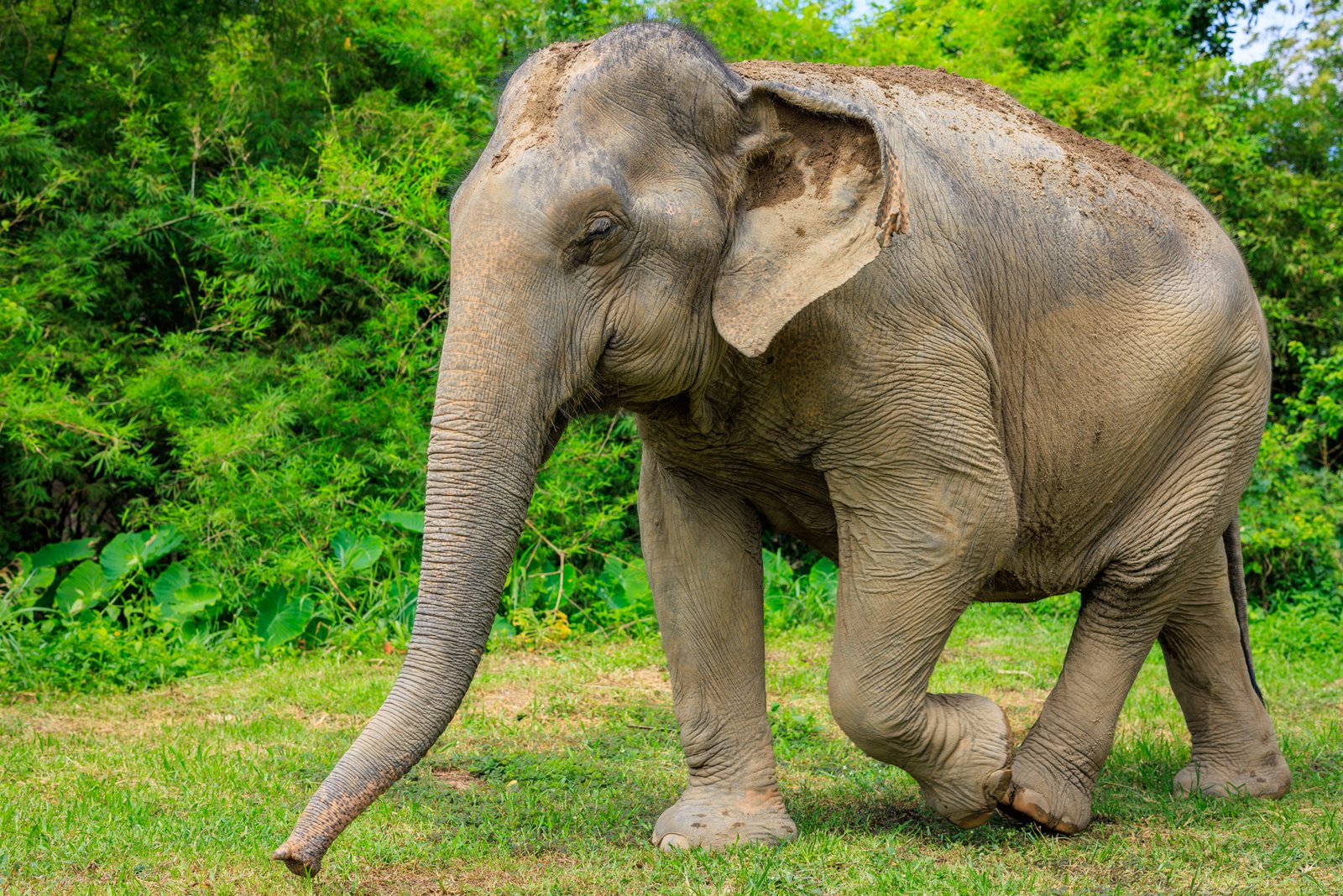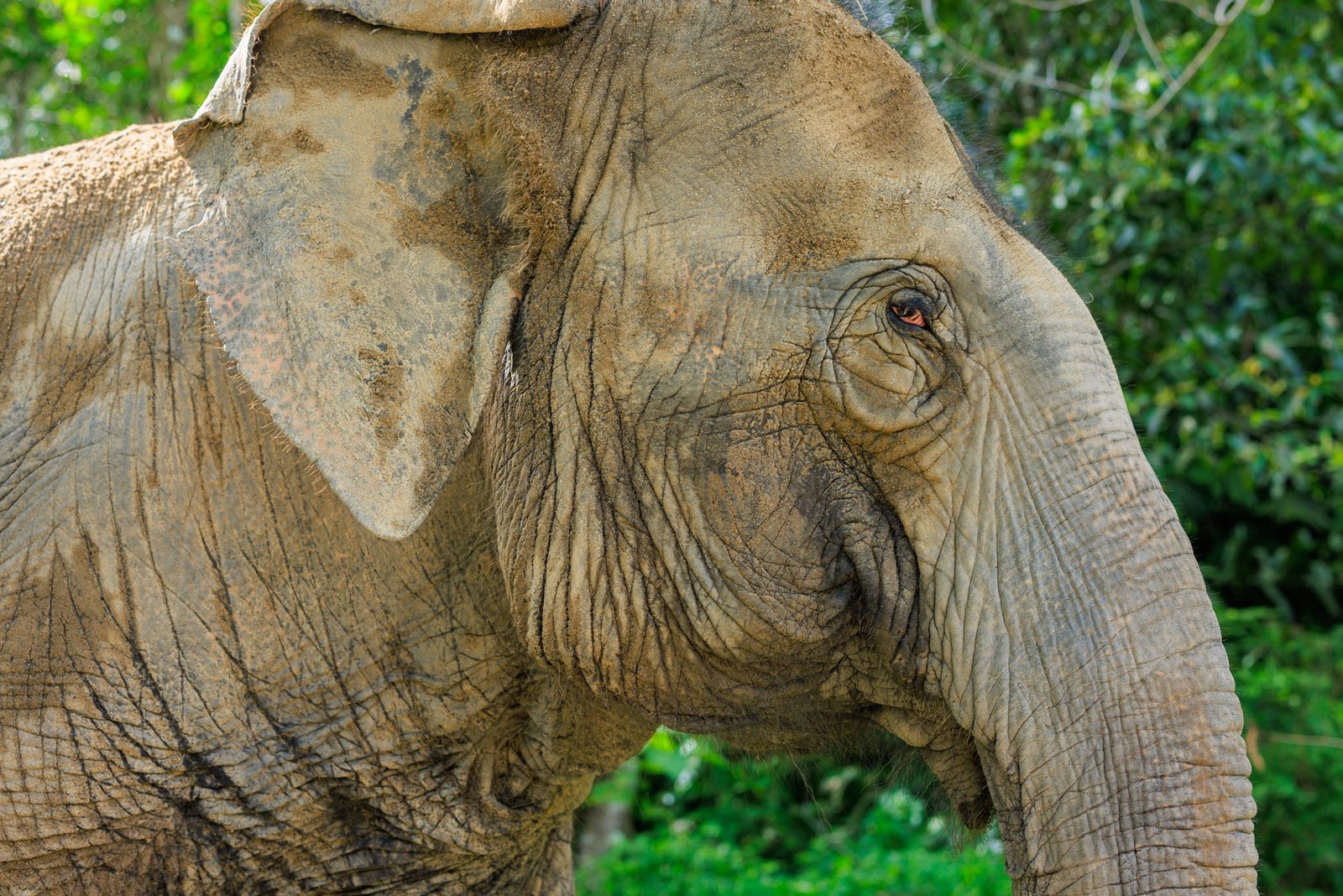Elephants are among the most captivating creatures on our planet, renowned for their immense size, intelligence, and complex social structures. To fully appreciate these remarkable animals, it is essential to explore their anatomy, particularly focusing on their feet, skull, and overall body structure. This examination reveals how these features contribute to their survival and adaptation in diverse environments.
The Structure of an Elephant’s Foot

An elephant’s foot is a remarkable adaptation that supports its massive weight, which can exceed 14,000 pounds in some species. Each foot has a unique structure that includes several key components:
- Toes and Nails: Elephants have five toes on each foot, but not all of them are visible. The outer toes are equipped with large, flat nails that help distribute weight and provide traction. This design is crucial for stability, especially when traversing uneven terrain. The nails are not hard like those of other animals; instead, they are more flexible, allowing for better grip on various surfaces. The structure of the toes also helps elephants to navigate through mud and sand, which can be common in their habitats.
- Fat Pad: Beneath the foot lies a thick, fatty cushion that acts as a shock absorber. This pad helps to reduce the impact on the bones and joints as the elephant walks, allowing it to move quietly despite its size. The fat pad also plays a role in thermoregulation, helping to keep the foot cool in hot environments. This adaptation is particularly important in regions where elephants may walk long distances in search of water and food.
- Bones and Ligaments: The foot contains a complex arrangement of bones, including the phalanges (toe bones), metatarsals, and tarsals. These bones are connected by strong ligaments that provide support and flexibility, enabling the elephant to navigate various environments. The structure of the foot allows for a unique walking style known as “pacing,” where the legs on the same side of the body move together, which is efficient for their size. This method of locomotion minimizes energy expenditure, allowing elephants to travel long distances without tiring quickly.
- Heel and Arch: The heel is broad and flat, which aids in weight distribution. The arch of the foot is also significant, as it helps to absorb shock and maintain balance. This design is particularly important when elephants walk long distances in search of food and water, as it minimizes fatigue. The arch also allows for a more stable base when the elephant is standing still, which is essential for resting and sleeping.
- Adaptations for Movement: Elephants are capable of walking long distances, often covering up to 30 miles a day. Their feet are designed to support this lifestyle, with a unique ability to adapt to different terrains, from soft mud to rocky paths. The structure of their feet allows them to move silently, which is beneficial for avoiding predators and approaching potential mates. Additionally, their feet are equipped with a unique ability to sense vibrations in the ground, which helps them detect distant sounds and movements, enhancing their awareness of their surroundings.
The Elephant’s Skull

The skull of an elephant is another fascinating aspect of its anatomy. It is large and robust, designed to support the animal’s massive head and long trunk. Key features of the elephant’s skull include:
- Tusks: In many elephants, particularly African elephants, the skull houses long tusks that are actually elongated incisor teeth. These tusks serve various purposes, including digging for water, stripping bark from trees, and as tools for defense. Tusks can also be used in social interactions, such as displays of dominance or affection. The growth of tusks is continuous throughout an elephant’s life, and they can become quite large, sometimes weighing over 200 pounds each. Unfortunately, tusks have also made elephants targets for poaching, leading to significant conservation challenges.
- Sinuses: The skull contains large sinus cavities that help to lighten its weight. These sinuses also play a role in the elephant’s ability to produce vocalizations, as they resonate sound. The structure of the skull allows for a variety of vocal sounds, which are essential for communication within herds. Elephants can produce low-frequency sounds, known as infrasound, that can travel long distances, allowing them to communicate with other elephants that may be miles away.
- Trunk Attachment: The trunk, a highly versatile tool, is anchored to the skull at the front. This attachment allows for a wide range of movement, enabling the elephant to grasp objects, drink water, and communicate. The trunk contains over 40,000 muscles, making it one of the most flexible and powerful appendages in the animal kingdom. This muscular structure allows elephants to perform delicate tasks, such as picking up a single blade of grass or breaking branches from trees.
- Brain Size: Elephants have one of the largest brains in the animal kingdom, weighing around 11 pounds. This large brain is associated with their high intelligence, social structures, and emotional depth. Elephants are known for their problem-solving abilities, memory, and even empathy, which are all linked to their advanced brain structure. Studies have shown that elephants can recognize themselves in mirrors, a sign of self-awareness, and they exhibit behaviors that suggest they can grieve for lost companions.
- Facial Features: The face of an elephant is characterized by large, expressive eyes and ears that can measure up to six feet in length. These features not only enhance their ability to see and hear but also play a role in thermoregulation. The ears help dissipate heat, allowing elephants to maintain a stable body temperature in hot climates. The large surface area of the ears contains many blood vessels, which cool the blood as it circulates, helping to regulate the elephant’s overall body temperature.
The Overall Body Structure

An elephant’s body is a marvel of evolutionary engineering, designed for survival in diverse habitats. Here are some key aspects of their body structure:
- Skin: The skin of an elephant is thick and wrinkled, providing protection from environmental elements. It can be up to one inch thick in some areas and is covered in sparse hair. The wrinkles help retain moisture, which is essential for thermoregulation. Elephants often take mud baths, which not only cools their skin but also provides a protective layer against sunburn and insect bites. The skin is also sensitive, allowing elephants to feel even the slightest touch, which is important for social interactions.
- Size and Proportions: Elephants are the largest land mammals, with a body length that can reach up to 24 feet. Their large size serves as a deterrent against predators and allows them to reach high vegetation. The proportions of their bodies are also significant; their large, sturdy legs support their weight, while their broad backs provide stability. The sheer size of elephants allows them to access food sources that are unavailable to smaller herbivores, giving them a competitive advantage in their ecosystems.
- Digestive System: Elephants are herbivores with a complex digestive system that allows them to process large amounts of plant material. Their stomachs can hold up to 50 gallons of food, and they spend a significant portion of their day foraging. Their digestive system is designed to extract nutrients from tough plant fibers, and they can consume up to 300 pounds of vegetation daily. Interestingly, elephants have a relatively inefficient digestive system, which means they excrete a large amount of undigested material. This behavior plays a crucial role in their ecosystems, as their dung helps to fertilize the soil and disperse seeds.
- Social Structure: The body structure of elephants also supports their social behavior. They have strong, flexible limbs that allow for movement in herds, and their large ears help regulate body temperature while also facilitating communication through sound. Elephants are known for their strong family bonds, often living in matriarchal groups led by the oldest female. These social structures are vital for the survival of the herd, as they provide protection, knowledge of resources, and support during challenging times.
- Reproductive Anatomy: Female elephants have a unique reproductive system that includes a long gestation period of about 22 months, the longest of any land mammal. This extended period allows for the development of a large, healthy calf, which is crucial for survival in the wild. Male elephants, on the other hand, have large testicles that can weigh up to 100 pounds, which are necessary for producing the large quantities of sperm required for reproduction. The nurturing behavior of female elephants extends beyond their own calves; they often help care for and protect the young of other females in the herd, demonstrating their strong social bonds.
And So…

The anatomy of elephants, from their feet to their skulls and overall body structure, showcases a remarkable adaptation to their environment. Understanding these features not only highlights the complexity of these animals but also emphasizes the importance of conservation efforts to protect them and their habitats. By appreciating the intricate design of elephants, we can foster a deeper respect for these incredible creatures and the ecosystems they inhabit. Their unique adaptations not only ensure their survival but also play a vital role in maintaining the balance of their environments, making them essential to the health of their ecosystems.
